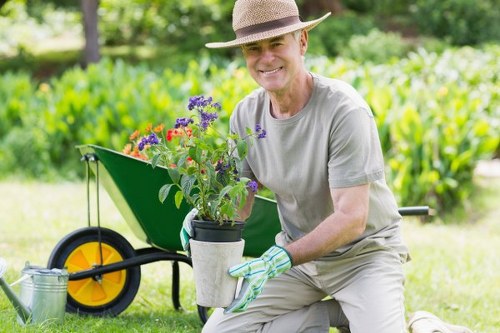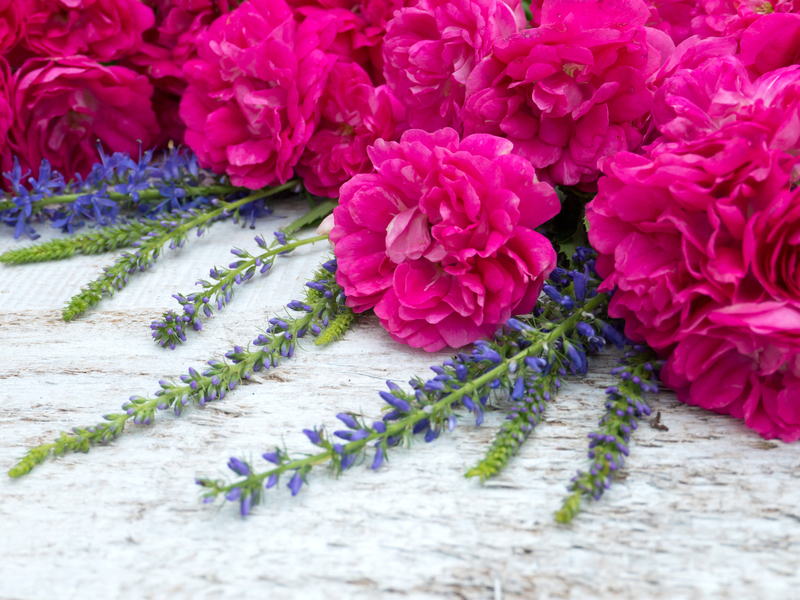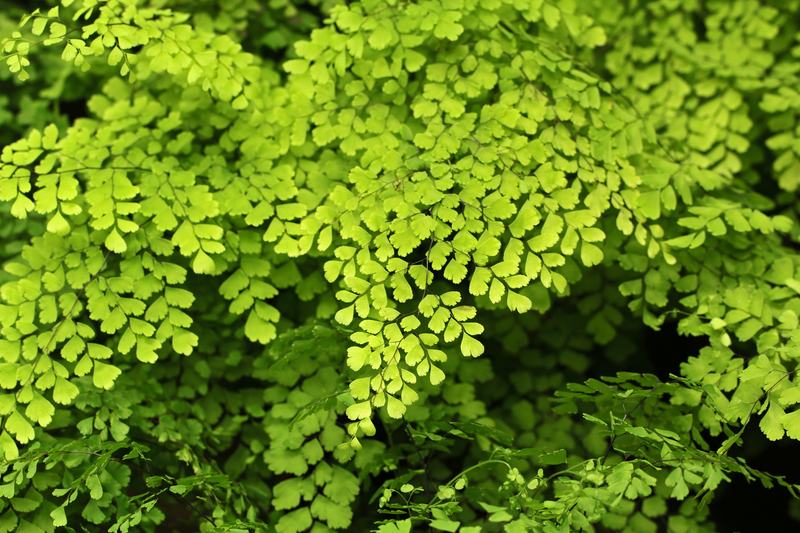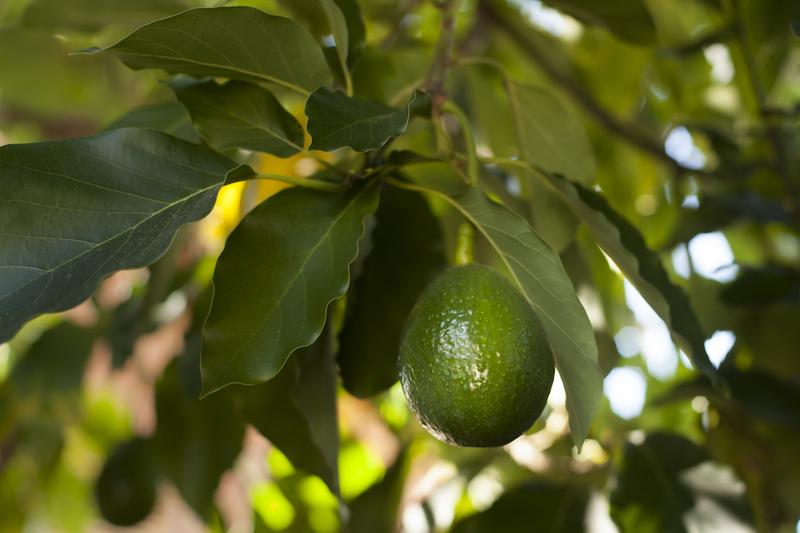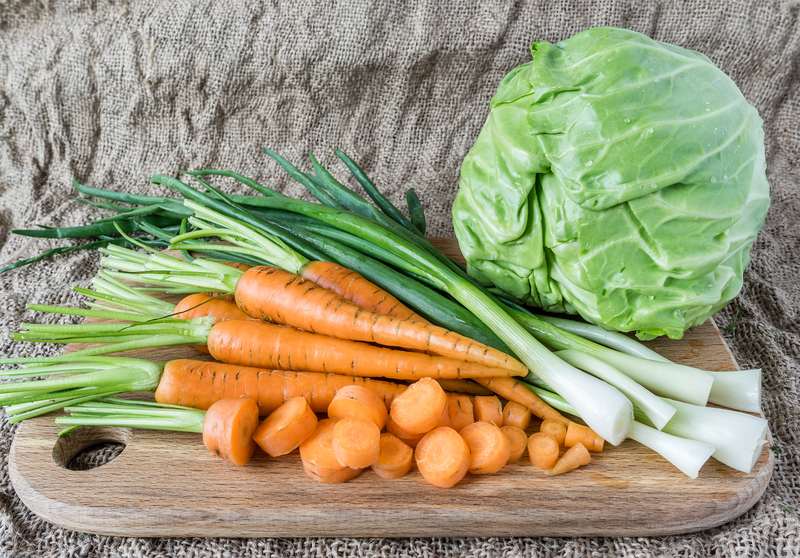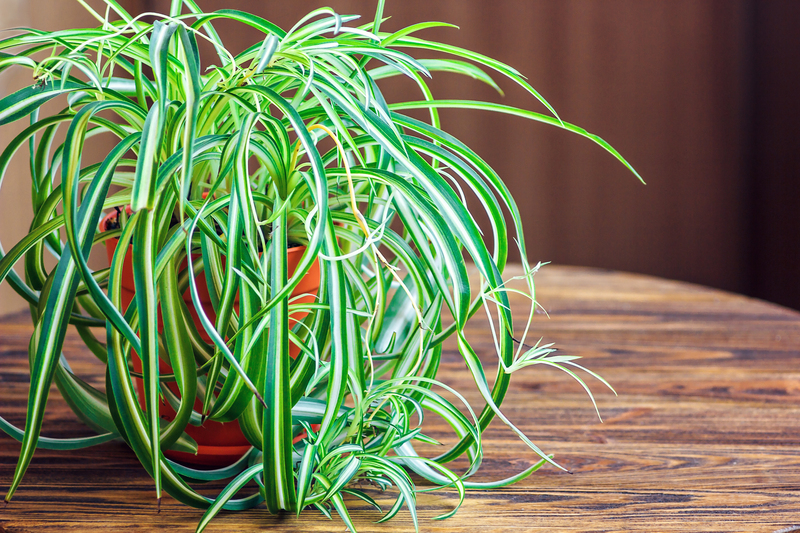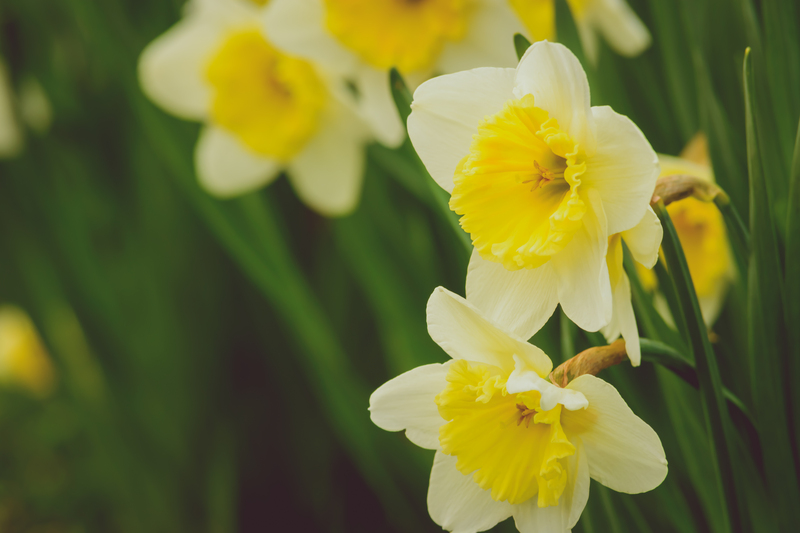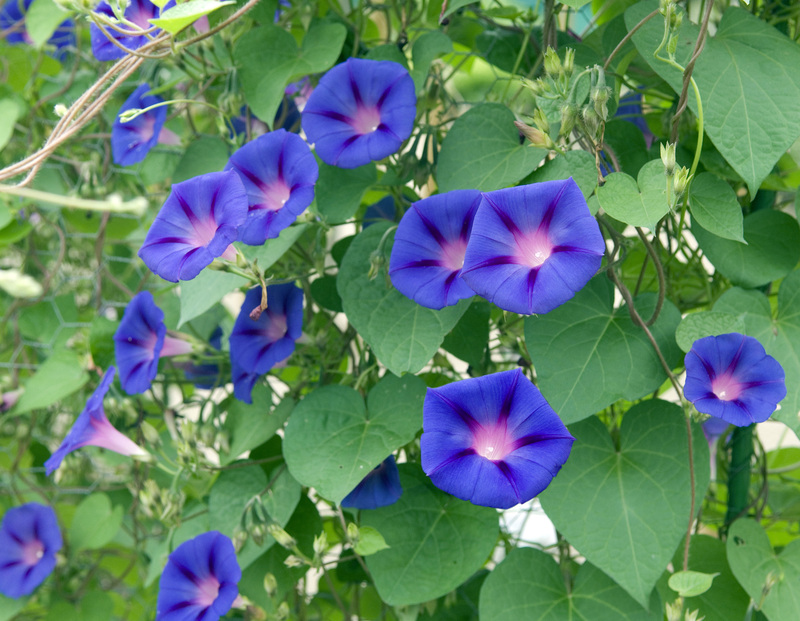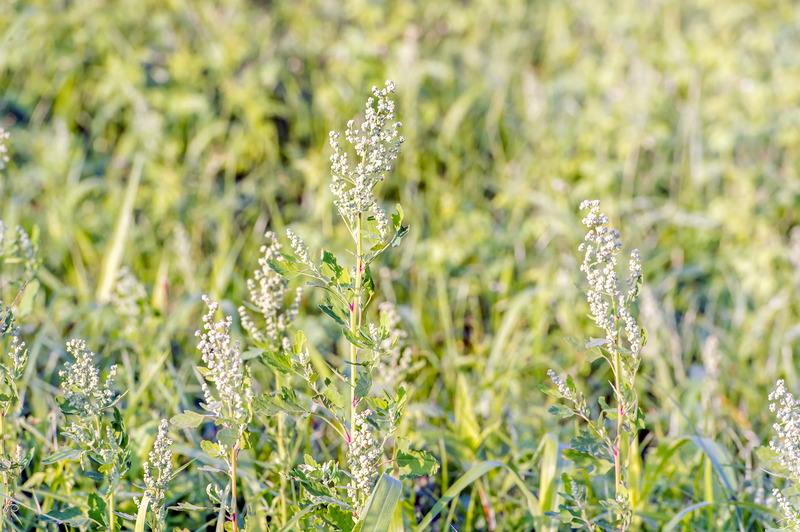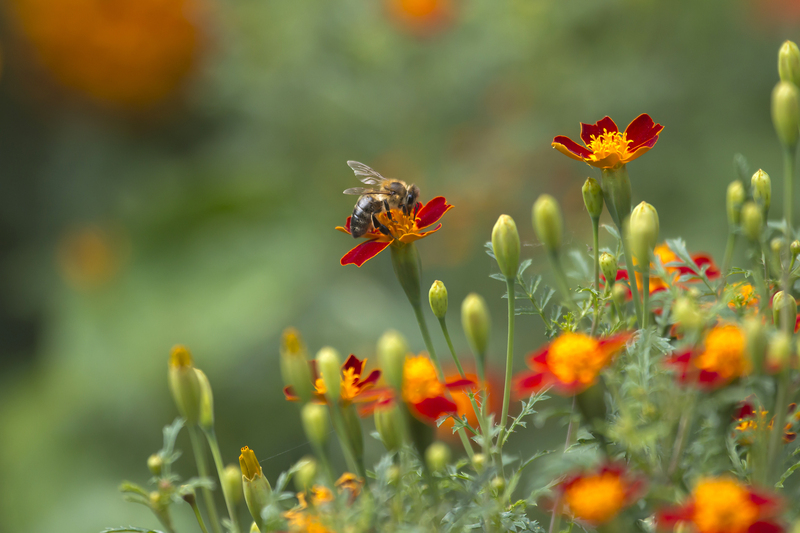Gardeners Gardening: Cultivating Beauty and Sustainability

Gardening is more than just a hobby; it's a passion that connects individuals with nature, offering a sense of accomplishment and tranquility. Whether you're a seasoned gardener or just starting, understanding the fundamentals of gardeners gardening can transform your outdoor space into a thriving oasis.
From selecting the right plants to mastering various gardening techniques, the journey of gardeners is both rewarding and educational. This comprehensive guide delves into the essential aspects of gardening, providing insights that cater to diverse gardening styles and preferences.
One of the first steps in any gardening endeavor is planning. A well-thought-out garden layout considers factors such as sunlight, soil quality, and plant compatibility. By taking the time to design your garden thoughtfully, you set the foundation for a successful and sustainable green space.
Choosing the right plants is crucial. Different plants have varying needs in terms of sunlight, water, and soil types. For instance, *succulents* thrive in dry conditions with minimal watering, while *ferns* prefer moist, shaded environments. Understanding these preferences ensures that each plant flourishes in its designated spot.
Soil preparation is another key element. Healthy soil rich in organic matter provides essential nutrients for plant growth. Incorporating compost or well-rotted manure can enhance soil structure, improve drainage, and increase fertility. Regularly testing soil pH levels also helps in maintaining optimal conditions for your plants.
Watering practices significantly impact plant health. Overwatering can lead to root rot and other diseases, while underwatering can cause wilting and stunted growth. Implementing efficient irrigation systems, such as drip irrigation or soaker hoses, ensures that plants receive consistent moisture without excess water waste.
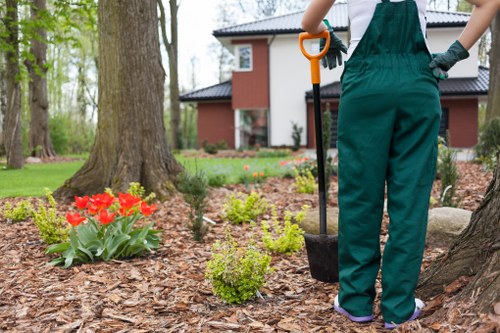
Pest and disease management is an ongoing aspect of gardeners gardening. Employing integrated pest management (IPM) strategies helps in controlling pests while minimizing environmental impact. This includes using natural predators, organic pesticides, and cultural practices that reduce pest habitats.
Pruning and trimming are essential for maintaining plant health and aesthetics. Regular pruning encourages healthy growth, removes dead or diseased branches, and shapes plants to enhance their appearance. Understanding the specific pruning needs of different plants ensures that they thrive and remain visually appealing.
Mulching is a beneficial practice that conserves soil moisture, suppresses weeds, and regulates soil temperature. Applying a layer of organic mulch, such as straw or bark, not only enhances the garden's appearance but also contributes to soil health as it decomposes.
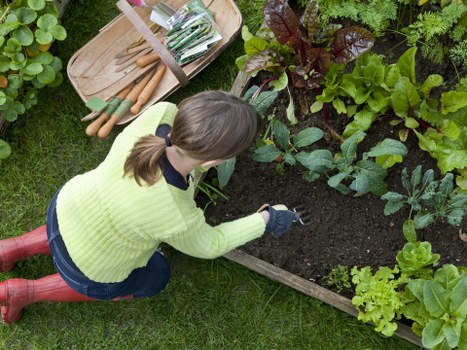
Seasonal gardening requires adapting your practices to the changing weather conditions. In the spring, focus on planting and nurturing new growth, while summer demands diligent watering and pest control. Autumn is ideal for harvesting and preparing plants for winter, and winter gardening involves protecting plants from frost and planning for the upcoming growing season.
Container gardening offers flexibility, especially for those with limited space. By growing plants in pots or containers, gardeners can create personalized mini-gardens, experiment with different plant varieties, and easily relocate plants as needed.
Vertical gardening is another innovative approach that maximizes space by growing plants upward rather than outward. Using trellises, shelves, or walls adorned with planter boxes allows gardeners to cultivate more plants in confined areas, enhancing both functionality and aesthetics.
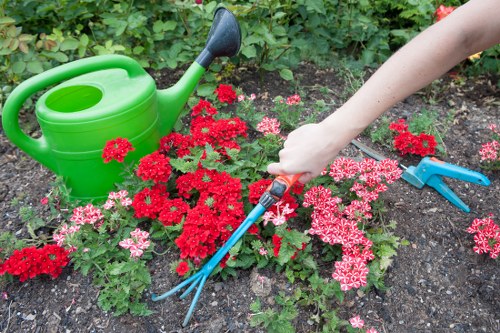
Sustainable gardening practices are increasingly important in today's environmental climate. Implementing eco-friendly methods, such as composting, rainwater harvesting, and using native plants, promotes biodiversity and reduces the garden's ecological footprint. These practices not only benefit the environment but also contribute to healthier and more resilient gardens.
The sense of community fostered through gardening is a remarkable aspect of gardeners gardening. Participating in community gardens, sharing knowledge with fellow gardeners, and engaging in local gardening events create a supportive network that enhances the gardening experience and promotes collective growth.
In conclusion, the art and science of gardening encompass a wide range of practices and principles that cater to both the practical and creative aspects of cultivating plants. By embracing these techniques and continuously learning, gardeners can create beautiful, sustainable, and thriving green spaces that bring joy and fulfillment.
